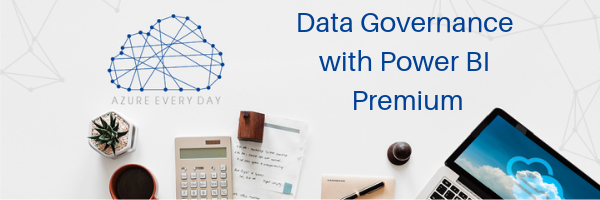Newsletter
Join our blog
Join other Azure, Power Platform and SQL Server pros by subscribing to our blog.


-1.png)
Start with the FREE community plan and get your lifetime access to 20+ courses. Get Instant Access Now!
Need help? Talk to an expert: (904) 638-5743
Private Training
Customized training to master new skills and grow your business.
On-Demand Learning
Beginner to advanced classes taught by Microsoft MVPs and Authors.
Bootcamps
In-depth boot camps take you from a novice to mastery in less than a week.
Season Learning Pass
Get access to our very best training offerings for successful up-skilling.
Stream Pro Plus
Combine On-Demand Learning platform with face-to-face Virtual Mentoring.
Certification Training
Prepare and ace your next certification with CertXP.
Private Training
Cheat Sheets
Quick references for when you need a little guidance.
Nerd Guides
Summaries developed in conjunction with our Learn with the Nerds sessions.
Downloads
Digital goodies - code samples, student files, and other must have files.
Blog
Stay up-to-date on all things Power BI, Power Apps, Microsoft 365 and Azure.
Community Discord Server
Start here for technology questions to get answers from the community.
Affiliate Program
Earn money by driving sales through the Pragmatic Works' Training Affiliate Program.
Reseller Partner
It's time to address your client's training needs.
Foundation
Learn how to get into IT with free training and mentorship.
Management Team
Discover the faces behind our success: Meet our dedicated team
Contact Us
How can we help? Connect with Our Team Today!
FAQs
Find all the information you’re looking for. We’re happy to help.

.png?width=600&name=Copy%20of%20Azure%20Databricks%20-%20Easy%20and%20Fast%20(1).png) Data Governance – a hot topic on everyone’s minds. As I’m working on a BI project in the financial district in New York, it has me thinking about data governance and how it’s something we struggle with in the BI world.
Data Governance – a hot topic on everyone’s minds. As I’m working on a BI project in the financial district in New York, it has me thinking about data governance and how it’s something we struggle with in the BI world.
I’m here to share good news about some great tools for implementing data governance built in to the Power BI and Azure ecosystem. Let me tell you about some new features in Power BI Premium that help us enforce data governance rules.
Classifications
Dataflows
Essentially this gives me a platform where I have governed data that has been marked as trustworthy, it’s accessible to other services and Power BI Premium now becomes an orchestration platform where I can utilize many services such as Azure Data Lake, Azure Data Factory and Azure Machine Learning.
We can easily apply many advanced data science and machine learning models after a Dataflow has been defined. Another great thing to take advantage of.
With Premium, Dataflows and the common data service, we have a single governed data platform that we can use to manage important enterprise data within the Power BI Service. If you want to learn more about these incredible features or anything around data governance or Azure in general, click the link below or contact us—we’re here to help.

ABOUT THE AUTHOR
Free Trial
private training
Newsletter
Join other Azure, Power Platform and SQL Server pros by subscribing to our blog.


-1.png)
Leave a comment